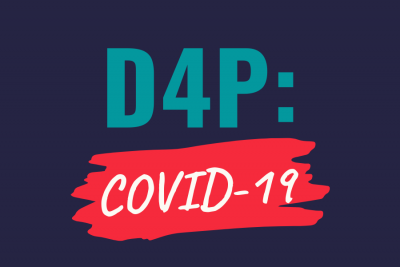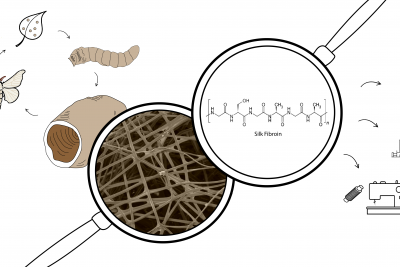How do flies learn to avoid predatory threats?
Animals must be able to respond to threats in effective ways in order to survive. Some social animals, like humans and ants, can teach naive members of their communities about threats, as well as how to avoid and survive them. Recently, this same phenomenon was observed in fruit flies, even though fruit flies are not known to be social animals. In this D4P: Social Behavior episode, Chad takes us through a paper that explores how social learning takes place in fruit flies, in the context of a predatory threat: wasps!
About Our D4P Fellow
Chad Morton was born and raised in the beautiful twin island federation of St. Kitts and Nevis and is a graduate student in the Rockefeller Bioscience Program. He received his B.S in Chemistry at Southern Connecticut State University then transitioned to Northwestern University PREP before making his way to the Laboratory of Neurophysiology and Behavior (The Ruta Lab) where he studies the neural and behavioral algorithms of olfactory navigation in Drosophila (commonly known as the fruit-fly). Chad is interested in how external information is processed in the brain and used to influence behavior. Outside of research, Chad enjoys gardening, cooking, just chilling/doing nothing and searching for the best burger in NYC.










